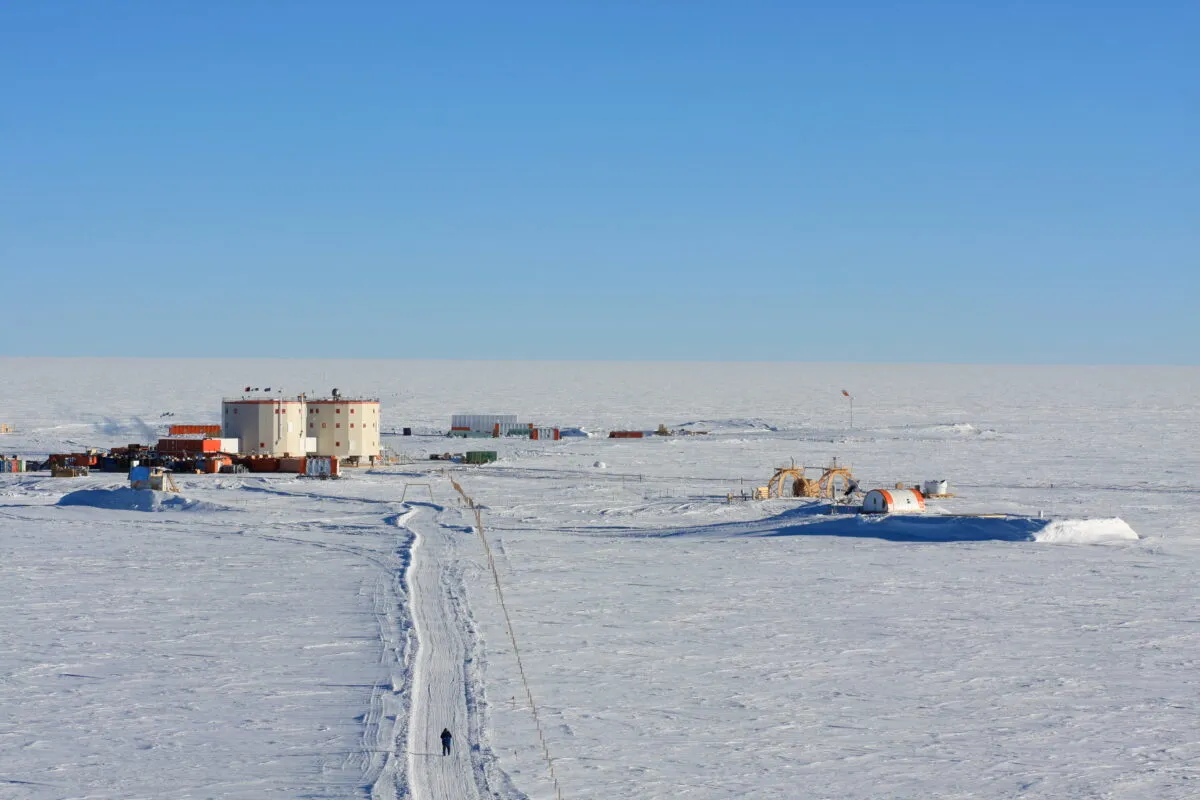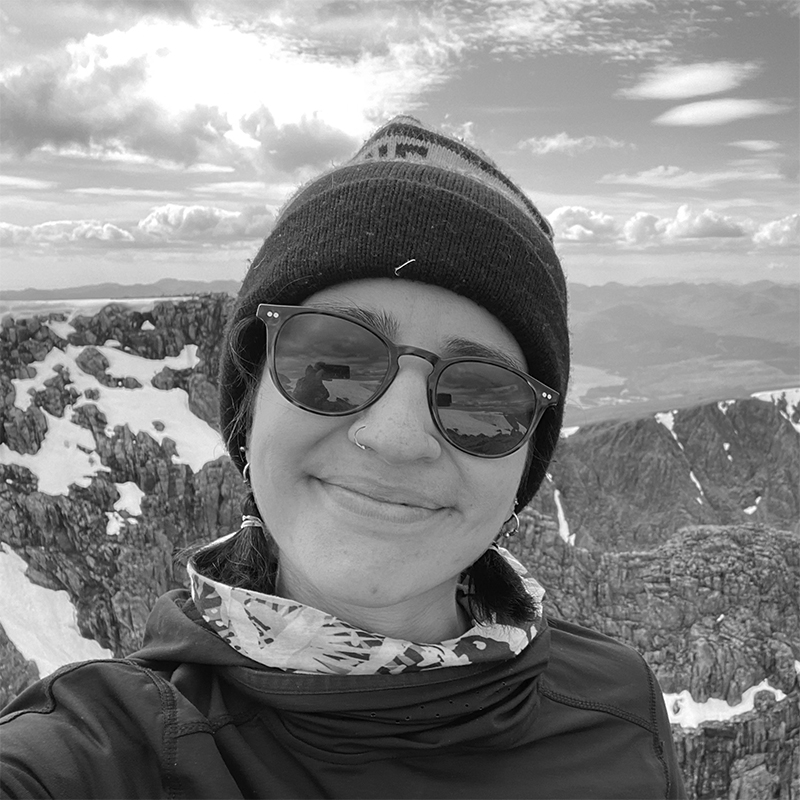Although it might seem unlikely, jealousy can be a healthy motivator. In my previous life as a secondary school physics teacher, I was often jealous of my students.
They’d attend my lunchtime Exoplanets Club, or come to my Astronomy Olympiad prep sessions, or even spend weekends with me at the UK Space Design Competition.
Watching them get so excited about exoplanets and space science and seeing how it was shaping their ambitions and future plans, was really what led me to say "I want to do that too".
So that is what I did and four years later, I was celebrating the arrival of 2022 at one of the world’s most inhospitable places: Antarctica’s Dome C.
Why was I there? My task was to install some software on a telescope’s computer at a remote research station.
For more on life at Concordia, read our interview with ESA doctor Beth Healey.

When you stop and think about it, there’s something lovely about the juxtaposition of ASTEP and its surroundings.
ASTEP is the Antarctic Search for Transiting ExoPlanets, a 40cm telescope at the Concordia Research Station, located at Dome C.
The project’s goal is to find distant worlds orbiting faraway stars, in the hope of one day stumbling across a planet capable of hosting life.
The reason I find this poetic is because Dome C is absolutely not capable of hosting life.

For starters, the cold conditions are barbaric (between –30˚C and –50˚C in summer and as low as –85˚C in winter).
Then there is the impossibly dry air, the Sun’s refusal to behave normally (day and night cycles are daft this close to the poles), and the pathetically low atmospheric pressure.
All these factors make it an exhausting and expensive endeavour to exist in Antarctica, but they also make it the best place on Earth to hunt for exoplanets using the transit method.
Searching for exoplanets

In our quest to find planets that aren’t too up close and personal with their parent stars, we must inevitably search for signals that are both long in duration and infrequent in occurrence.
Our own Earth as viewed in transit by (probably) clever alien astronomers would cast a roughly eight hour-long shadow on the Sun, only once every 365 days.
Signals like these need long, uninterrupted and clear nights, with very stable conditions. ASTEP enjoys all of these, simply by virtue of its location.
Throughout my PhD I have been working with the ASTEP team, most of whom are based at the Côte d’Azur Observatory in Nice.
My jobs are the fun bits: I choose which exoplanet candidates we will be observing.
I juggle the schedule to ensure we make the most of our available observing time and I get to analyse the data for exoplanets we think we’ve validated.

Recently I also took on the development of new automatic data analysis software for the telescope, which meant I got to go along on a summer service mission to Antarctica to install and test the package.
During my stay at Concordia Research Station, I reflected on all the twists and turns in my life that led me to Antarctica on the hunt for extra-solar planets.
I’m sure thousands of immeasurably small moments led me there, but by far the biggest contributors were my wonderful students: their excitement about astronomy inspired me to go back and learn more cool facts about space.
I hope one day I’ll be back in a classroom to share everything I’ve learned.
This article originally appeared in the May 2022 issue of BBC Sky at Night Magazine.
